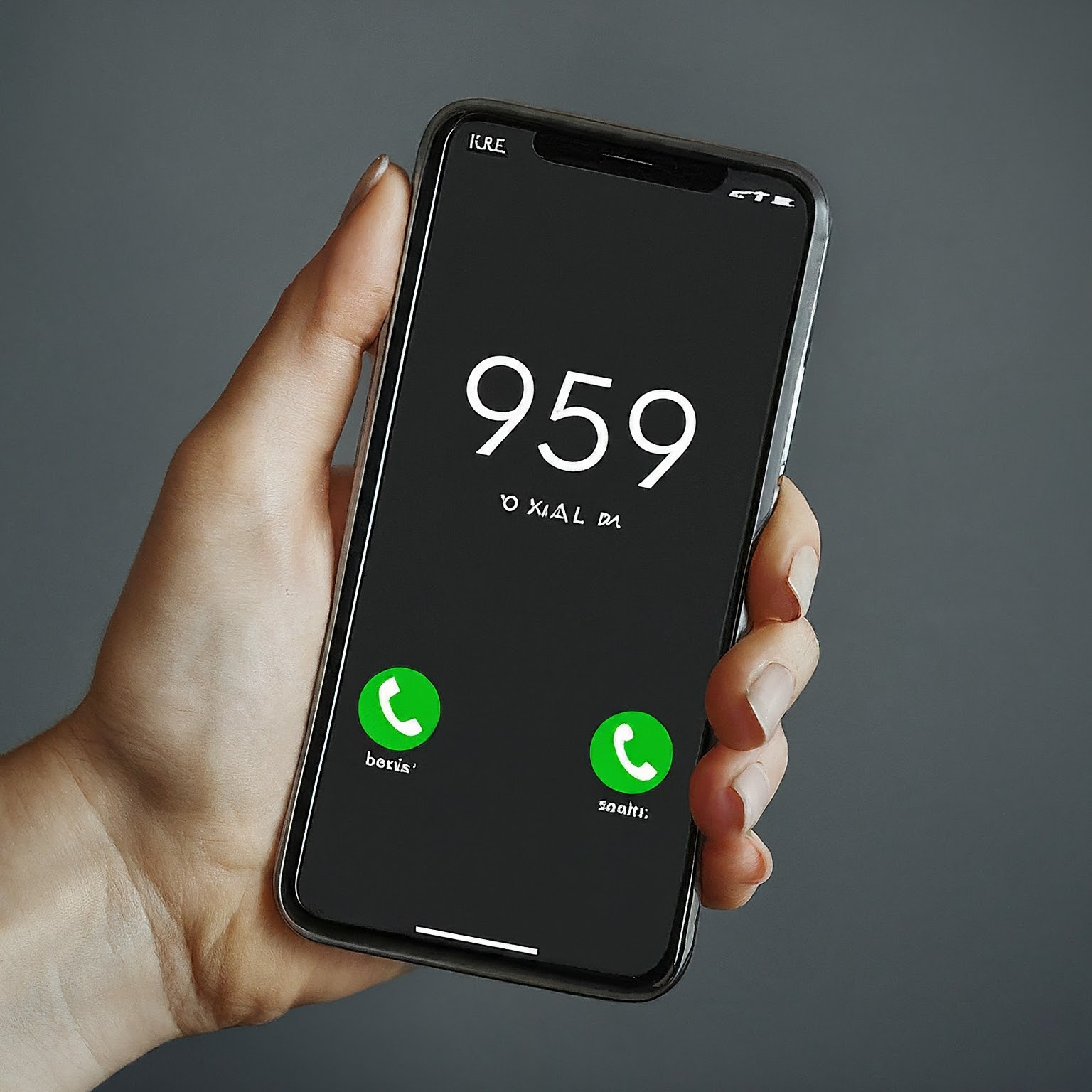The 959 code is often mistakenly referred to as a country code, but in reality, it is not. It is an area code within the North American Numbering Plan (NANP) that serves the state of Connecticut in the United States. This misconception likely stems from the way international calls are dialed, where the country code is followed by the area code and then the local phone number.

Within the NANP, the 959 area code functions as an overlay for the 860 area code, meaning both codes cover the same geographic region. This approach helps to conserve numbering resources and avoid the need for disruptive area code splits.
The 959 area code was implemented in 2014 to address the growing demand for phone numbers in Connecticut. It covers most of the state, except for the southwestern part, which uses the 203 and 475 area codes.
To ensure seamless communication, it is crucial to understand the difference between country codes and area codes. Country codes are assigned by the International Telecommunication Union (ITU) to uniquely identify each country in the global telecommunications network. These codes are typically one to three digits long and are essential for routing international calls to the correct destination.
On the other hand, area codes are used to identify specific geographic regions within a country. In the case of the 959 area code, it is used to identify phone numbers within the state of Connecticut.
The confusion surrounding the 959 country code highlights the importance of accurate information and adherence to established dialing protocols in the global telecommunications landscape. Dialing an incorrect code can lead to failed calls or unintended connections, causing frustration and inconvenience.
In conclusion, there is no 959 country code. It is an area code within the United States, serving the state of Connecticut. Understanding the distinction between country codes and area codes is crucial for effective communication in today’s globalized world.
لا تعليق